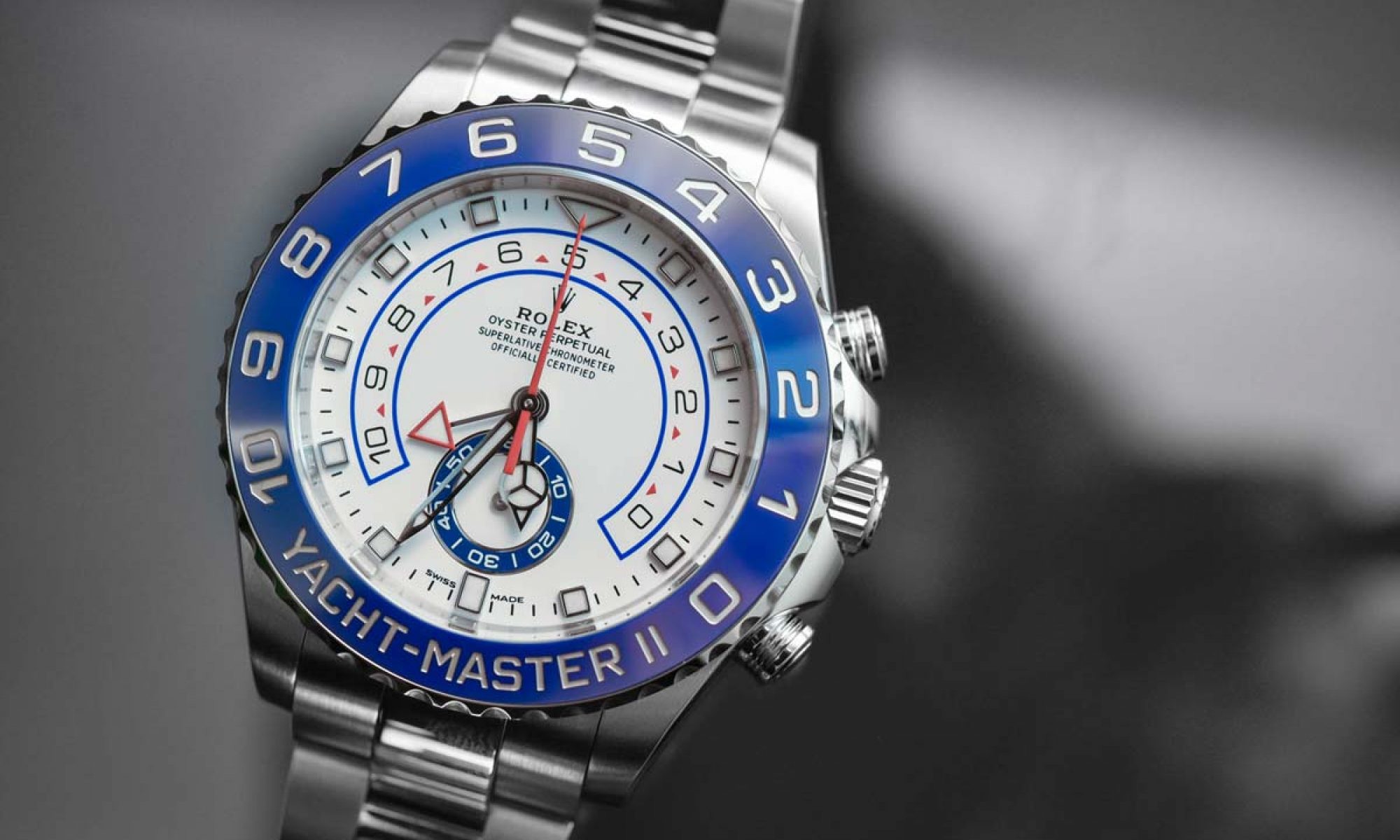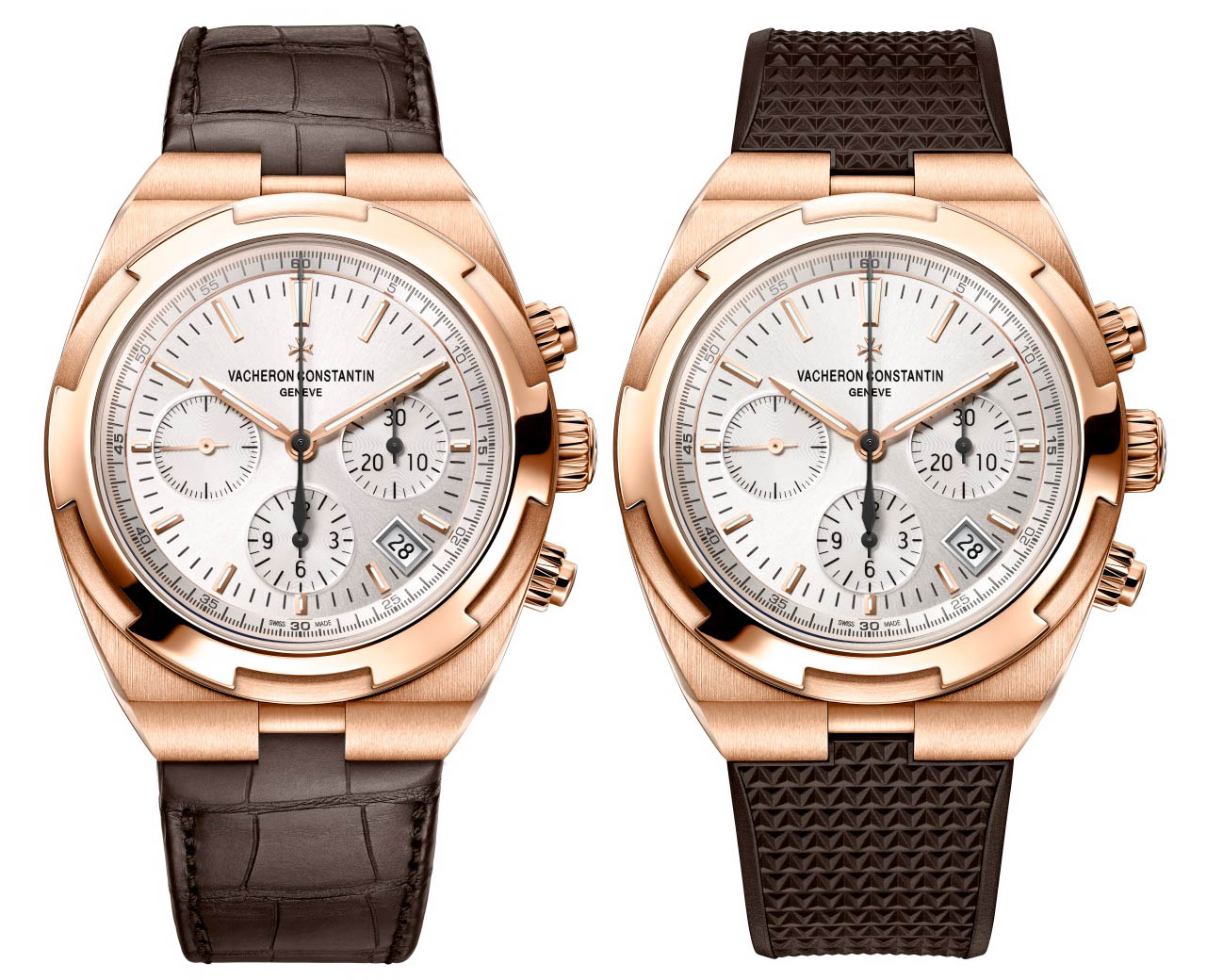Historical Omega Speedmaster Apollo And Alaska Special Mission Replica Watches Hands-On
Among the most storied watches, the Omega Speedmaster holds a special position as the watch that’s been to the Moon and back – and a bunch of other places, as we shall soon see. While there is plenty of printed and online literature available to study for those who want to know all about the “Moonwatch,” it is exceedingly rare to be given a chance to go hands-on with some of the actual watches that have been through the historical events which have helped to create the remarkable popularity the Speedmaster enjoys today.
A few days ago, at Omega’s London event celebrating the notable 60th anniversary of the Speedmaster, we went hands-on with not one or two, but six incredible steel case Omega Speedmaster replica watches that have truly been “out there.” Here’s every one of them telling their story.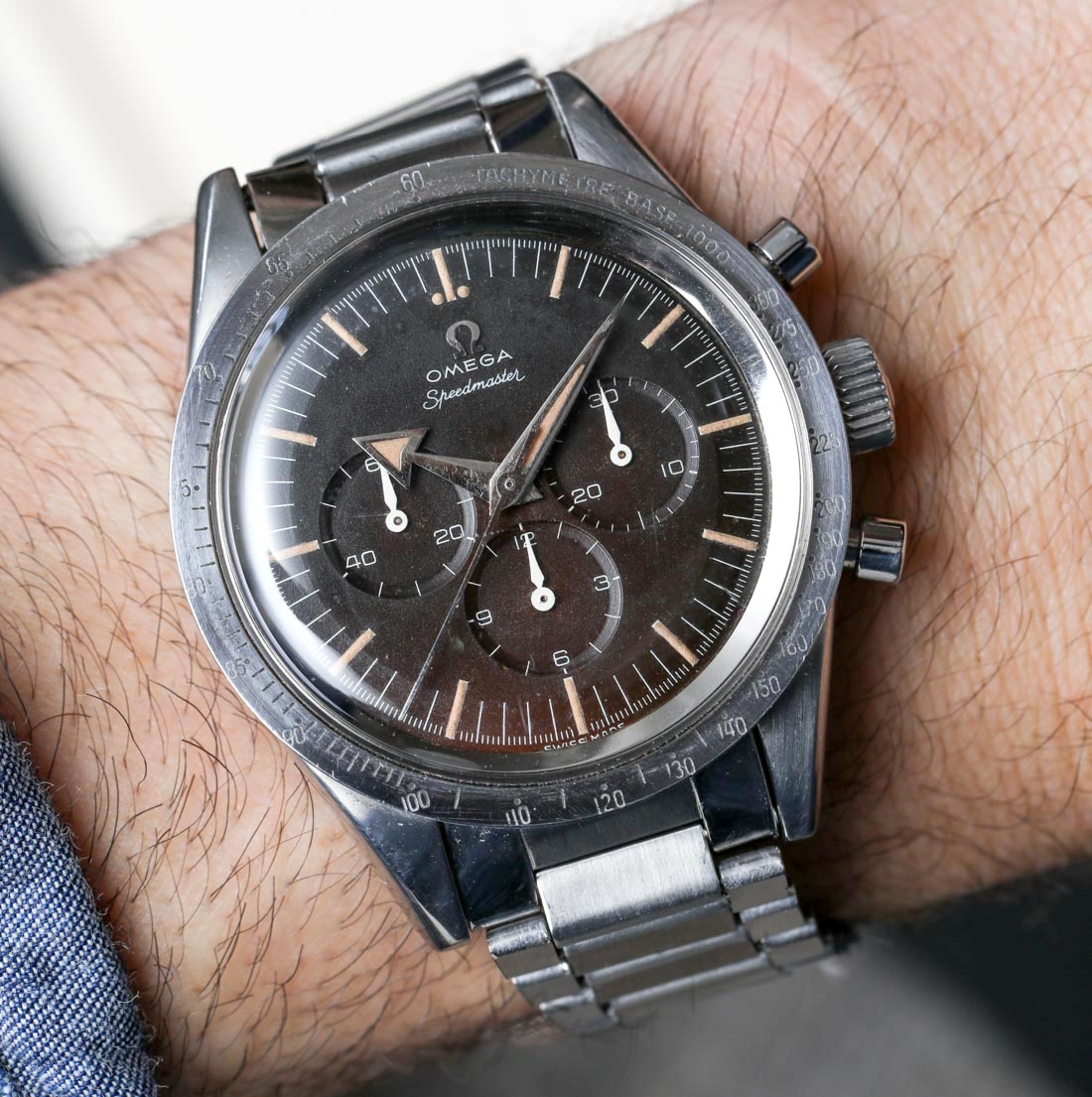
First Generation Omega Speedmaster CK 2915 (1957)
It all started rather inconspicuously in 1957, the year Omega introduced its “Professional” line of watches that included the first Speedmaster, the Seamaster 300, and the Railmaster. To see the trio together, check out our hands-on with the Omega 60th anniversary series here.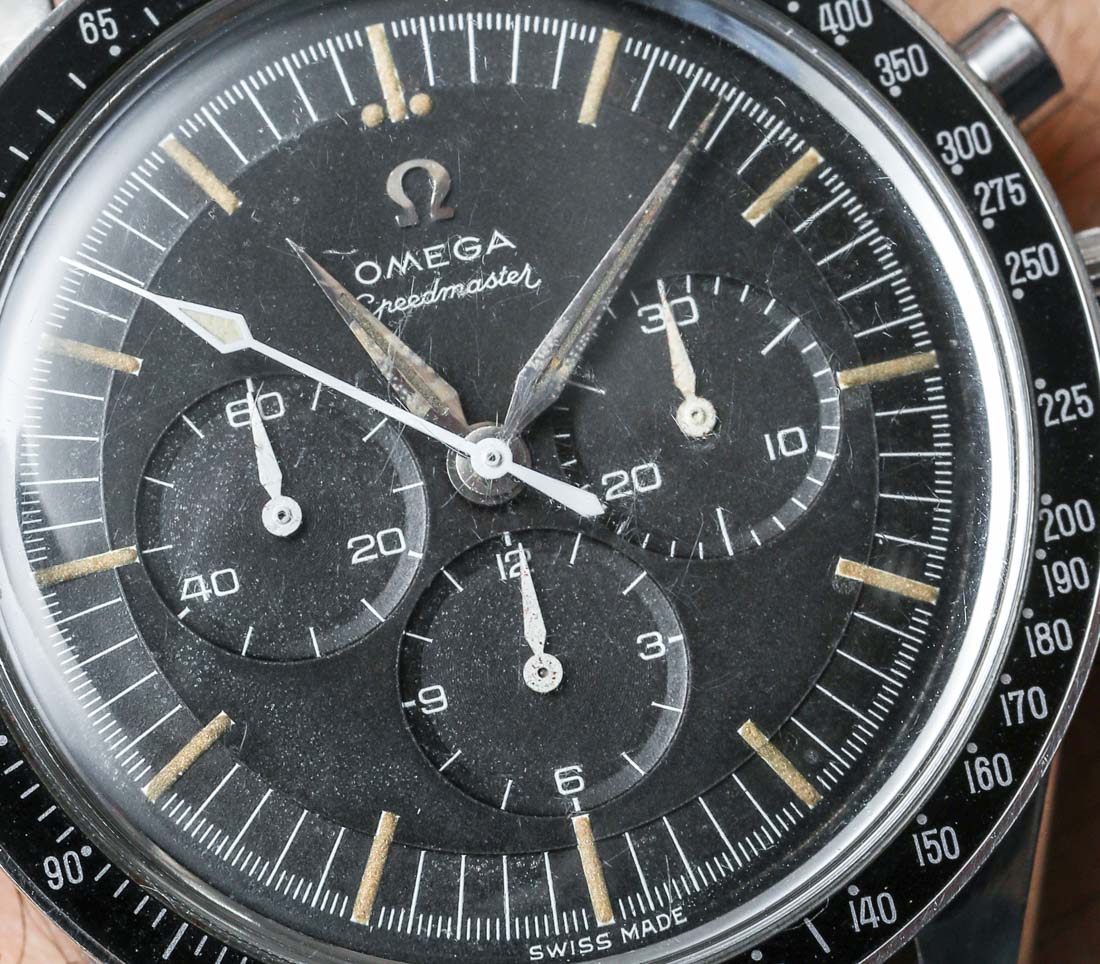
Omega says – and it makes sense – that they originally had not conceived the Speedmaster for extra-terrestrial use. Although it was in the very same year that the Russians successfully launched the first-ever satellite into space on October 4, 1957, it was not until much later, in 1965, that the first spacewalk happened – once again, achieved by the Russians, as Alexei Leonov spent 12 minutes and 9 seconds in the big vast unknown nothingness (cool story on that from Gizmodo here).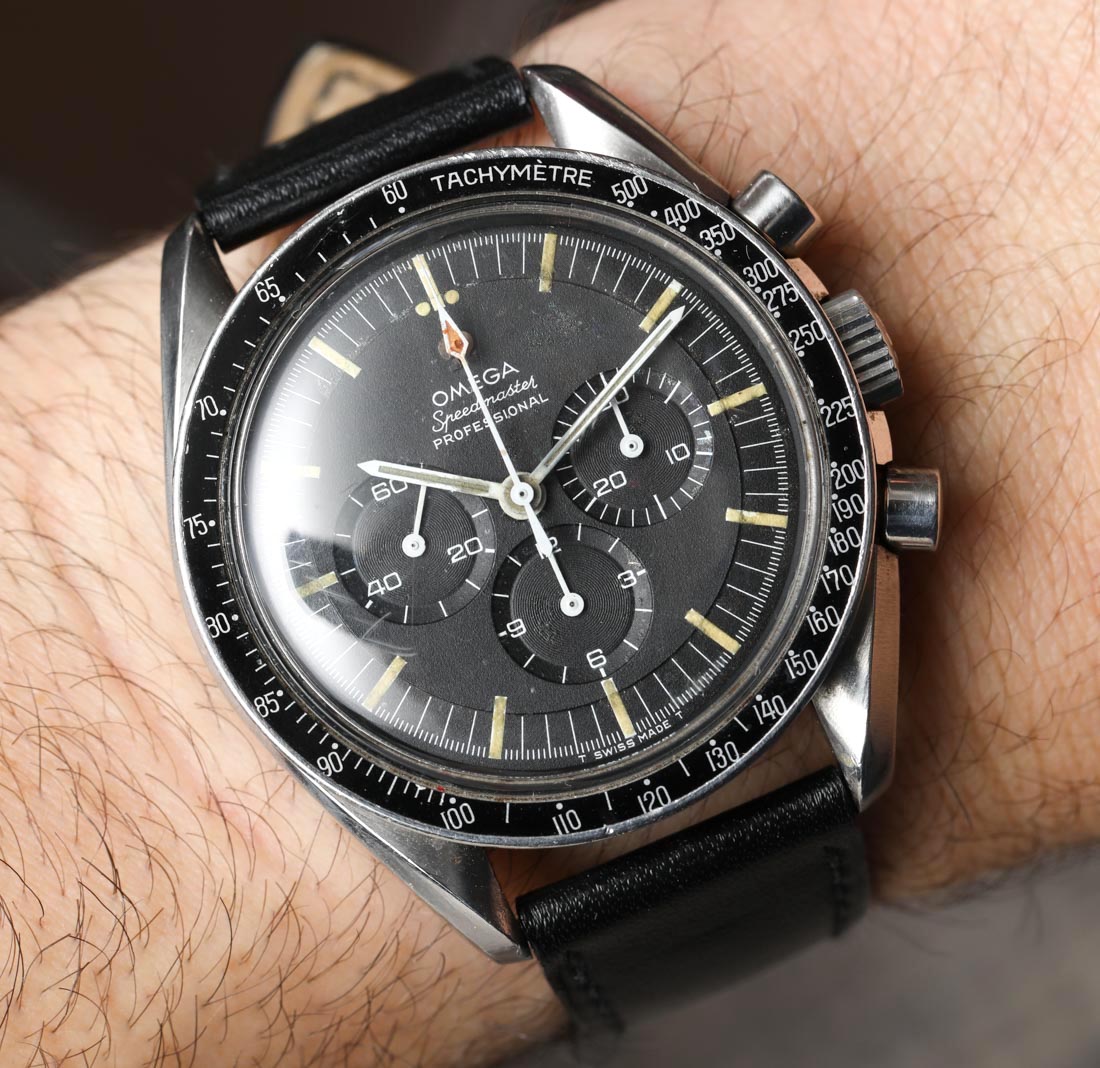
In the meantime, the Speedmaster had been set on its own course, as Omega heavily marketed it to car enthusiasts, motorists, and racing drivers. How? Well, did you know that the black dial Omega Speedmaster CK2915 fake watches, the first Speedmaster of them all (add Lord of the Rings narrator voice to that bit for added drama), was the first-ever watch to place its tachymeter bezel outside the dial and crystal? An almost laughably negligible “achievement” compared to what the Speedmaster would soon have to gloat about.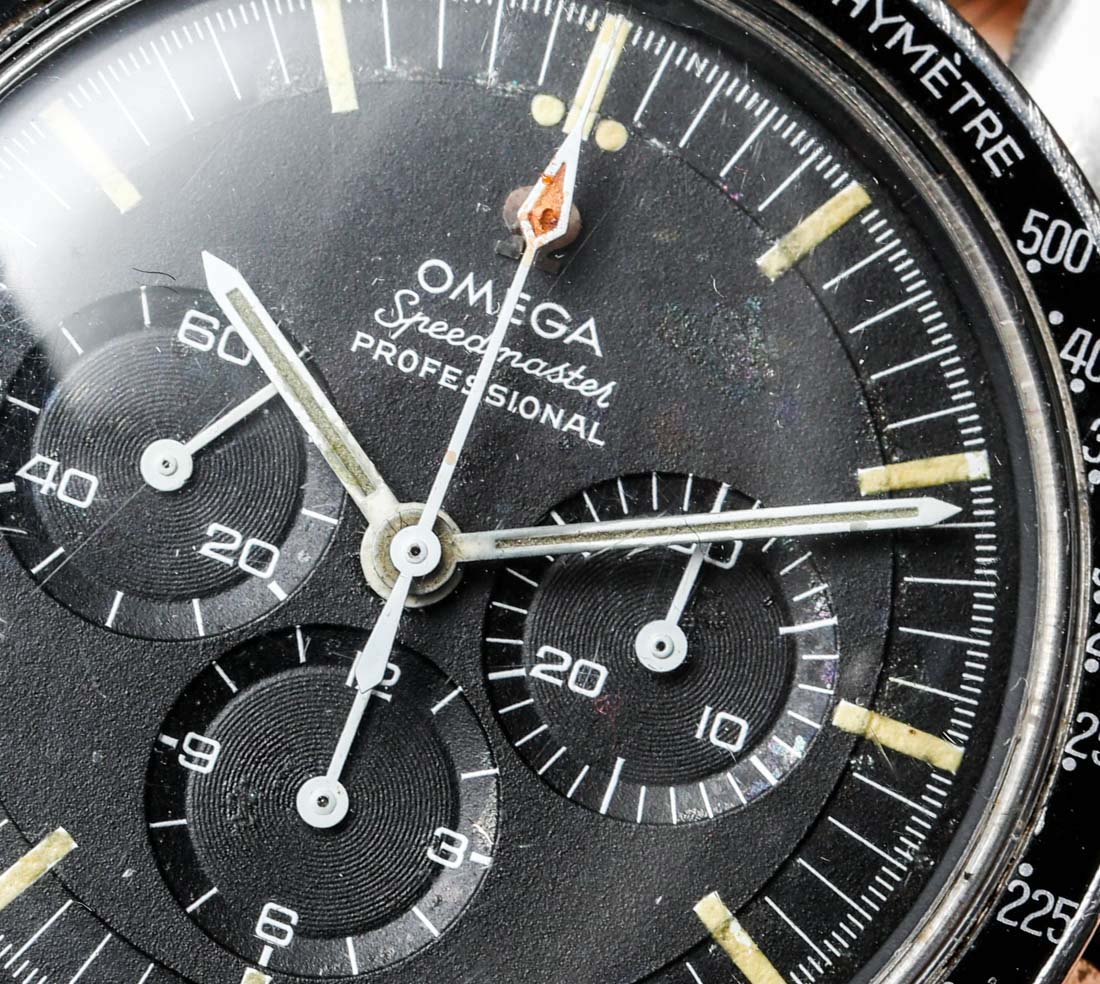
Still, the importance of the CK2915 is undeniable, as it was a strong enough beginning – thanks to its almost uncannily well-balanced, sporty, yet elegant looks and a heavy-duty 321 hand-wound chronograph caliber – to merit future updates to it. With its now-famed and highly legible “Broad Arrow” hands, plus excellent overall proportions and wearability, the Speedmaster collection was certainly off to a strong beginning.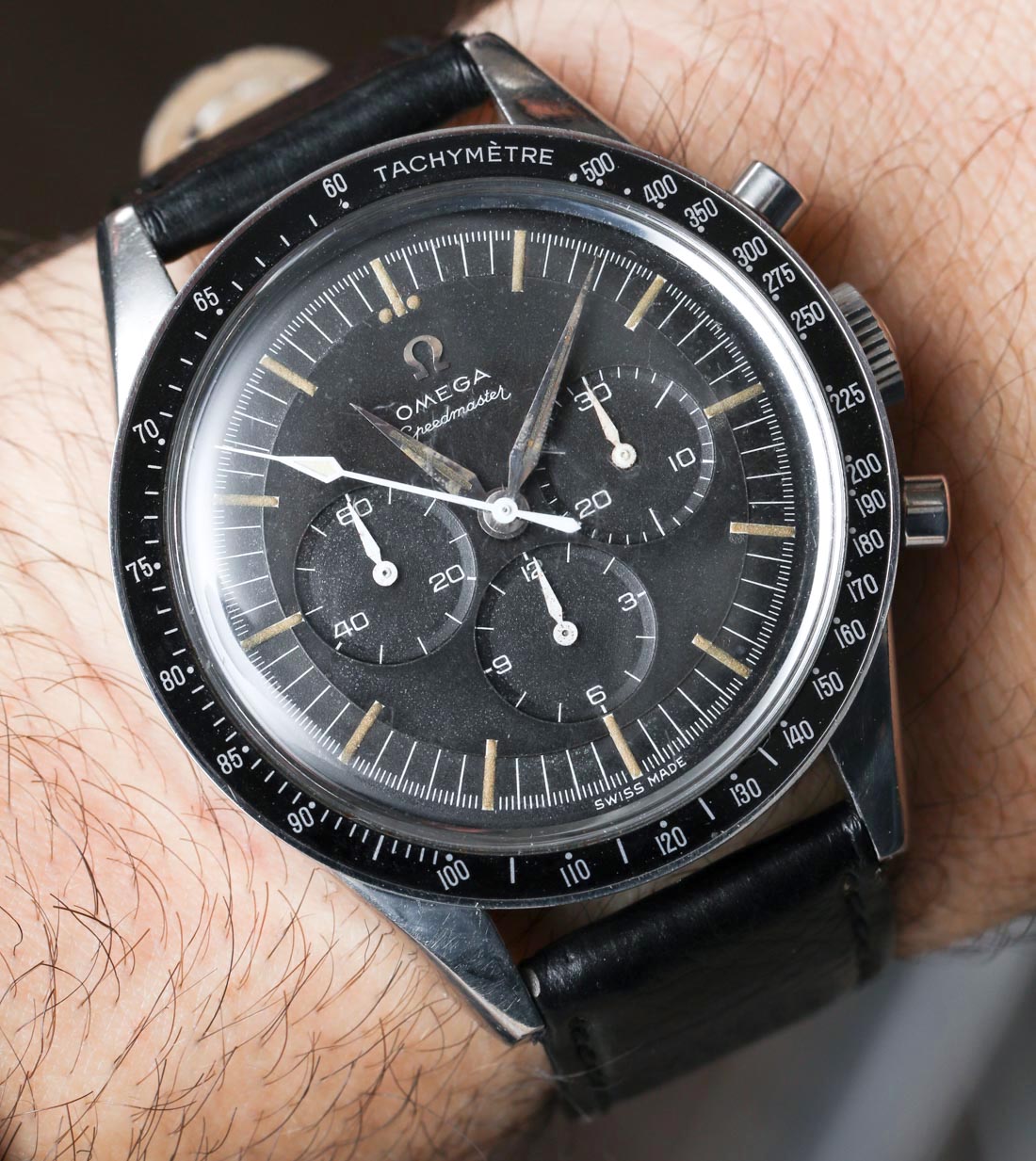
The First Omega In Space: 2nd Generation Omega Speedmaster CK 2998 (1959)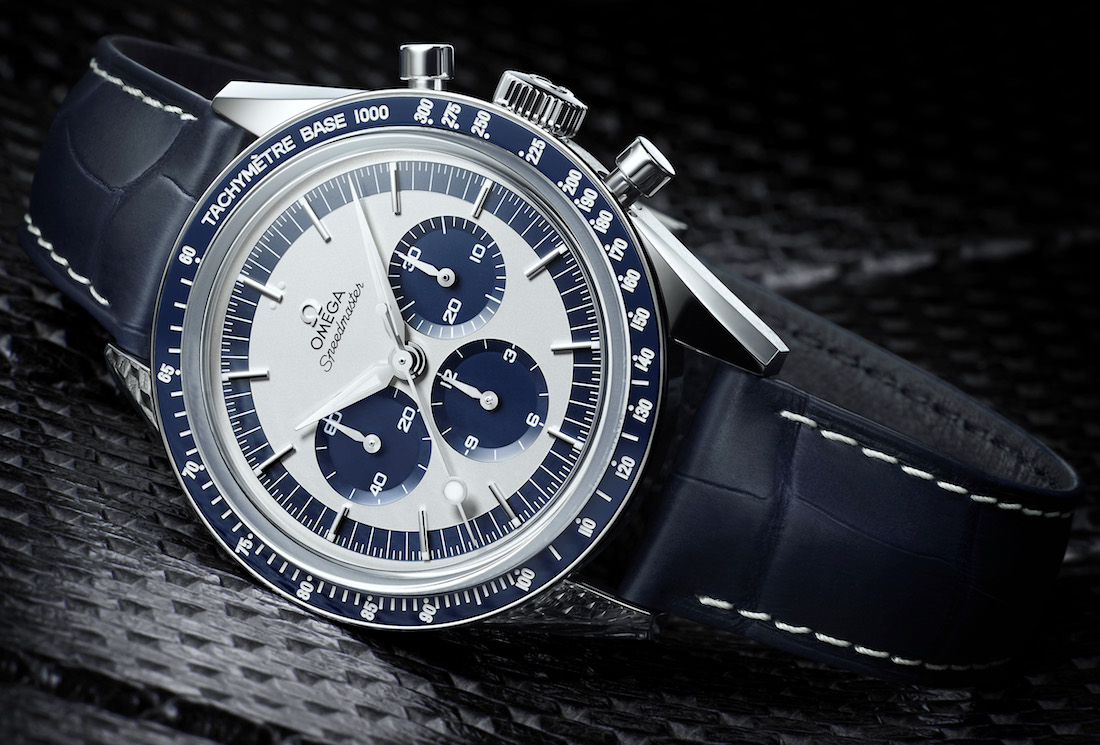
1959 saw the introduction of a revised, second generation version, the Omega Speedmaster CK 2998. It retained the symmetrical case and the hand-wound Caliber 321 from Lemania, but introduced a new “Alpha” design handset that replaced the “Broad Arrow” ones seen on the first model. The tachymeter bezel was also standardized in the famous black aluminum version still in use today.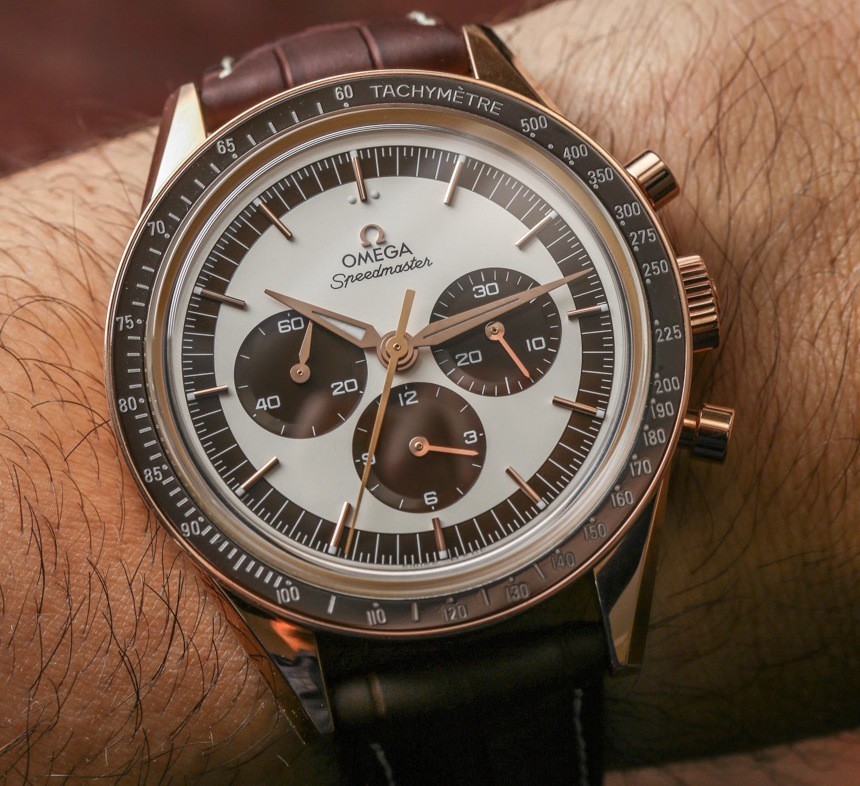
More importantly, the CK 2998 was also the first Omega in space, as Omega explains: “The CK 2998 was the very model purchased by Mercury astronauts Walter “Wally” M. Schirra and Leroy G. “Gordo” Cooper in 1962 as their private watch. It was worn by Schirra during his Mercury-Atlas 8 (Sigma 7) mission, becoming the first Omega Speedmaster worn in space in October 1962, a full two years before NASA’s now-famous tests that led to the official selection of the Speedmaster for use in all of NASA’s manned missions.” It is here where we should note – since I presume some of you are asking yourselves the question – that the first watch ever worn in space was the one on the wrist of Yuri Gagarin who ventured into the unknown on April 12, 1961, after taking off from the Baikonur Cosmodrome in modern-day Kazakhstan. There is no official information on this, but he had most likely been wearing a Sturmanskie, a Soviet watch “brand” not sold to the public but reserved for soldiers at the time.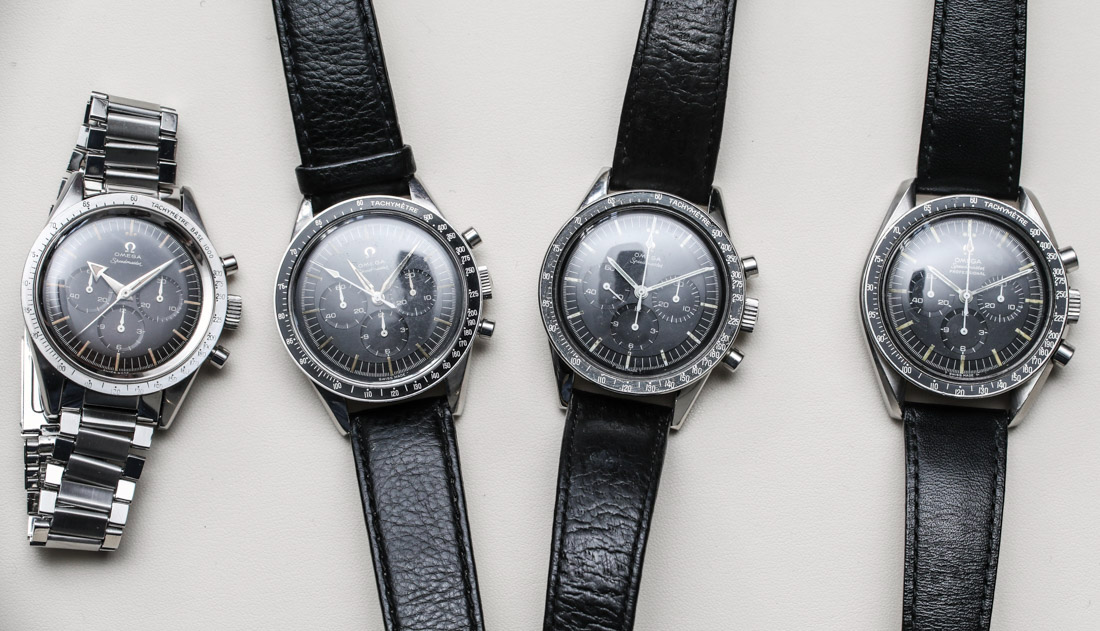
“First Omega In Space”, a modern, very elegant tribute in Sedna gold from 2015.
Today, the CK 2998 is one of the most collectible Speedmasters out there. Produced between 1959 and 1962, there aren’t many original ones around today in collectible condition with original parts, which sends resale value north of the $20k mark. Just look at the one Omega had on display: it had a lot of wear and tear – which arguably is part of the charm and patina of a vintage watch, if that’s your thing… And if it isn’t, you’ll have to hunt down a discontinued/sold-out steel or gold “FOIS” First Omega In Space produced more recently.
Qualified By Nasa: 3rd Generation Omega Speedmaster ST 105.003 (1963-1964)
The next development within the Speedmaster family, in Omega’s words, “was a decisive one.” Introduced in 1963 and still powered by the manual-wound Caliber 321, the 3rd generation Omega Speedmaster ST 105.003 is the exact model delivered to and tested by NASA. Responding to a request for “wrist chronographs” in October 1964, Omega’s North American agent supplied NASA with the required number of ST 105.003 Speedmasters, without knowing exactly what they would be used for – and, better still, without even informing Omega headquarters in Biel, Switzerland.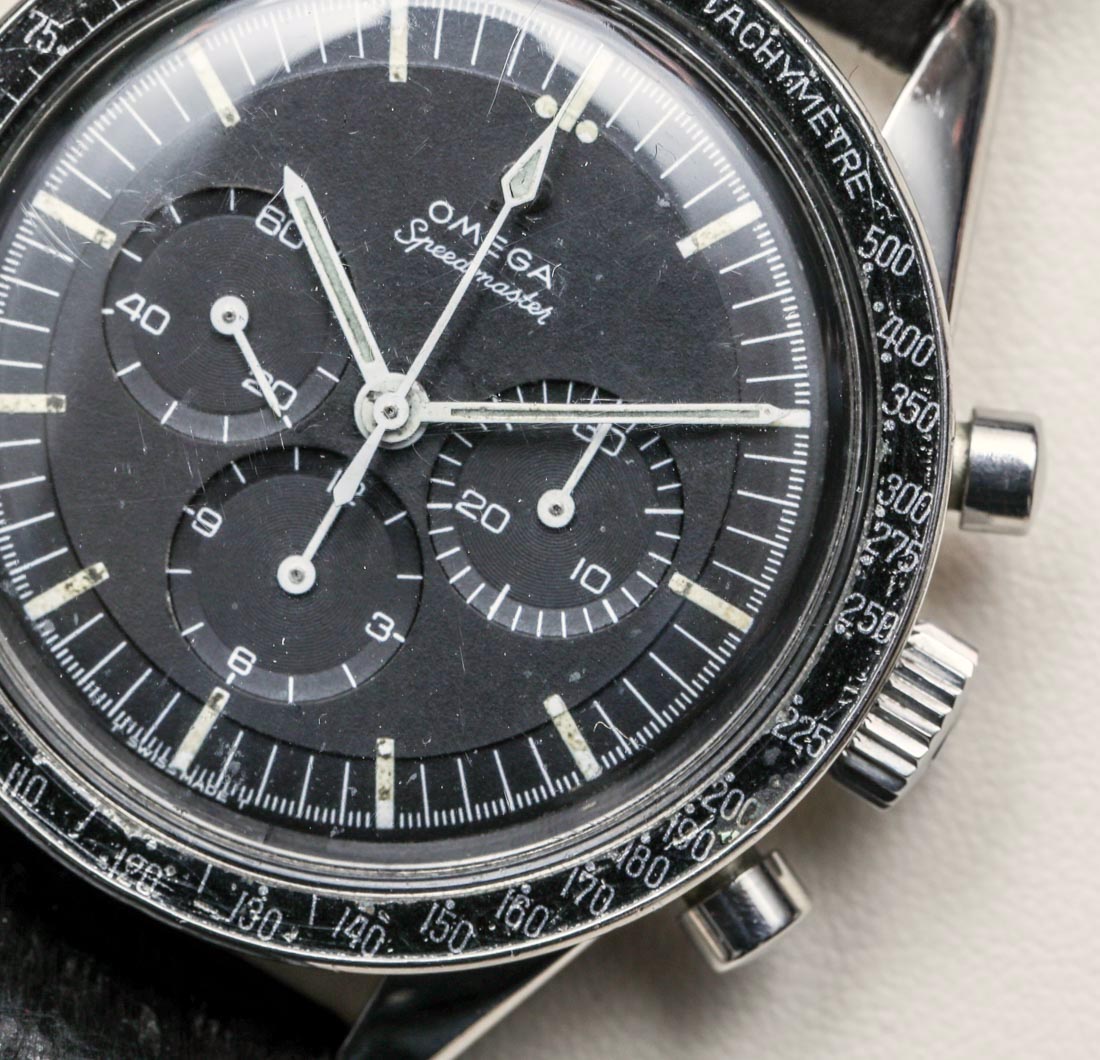
These watches, as well as models from other competing brands (Omega doesn’t specify, but they were from Rolex, Longines, and later from Bulova, even), were evaluated almost to destruction in a series of tests that can justly be described as the toughest trials a watch had ever endured.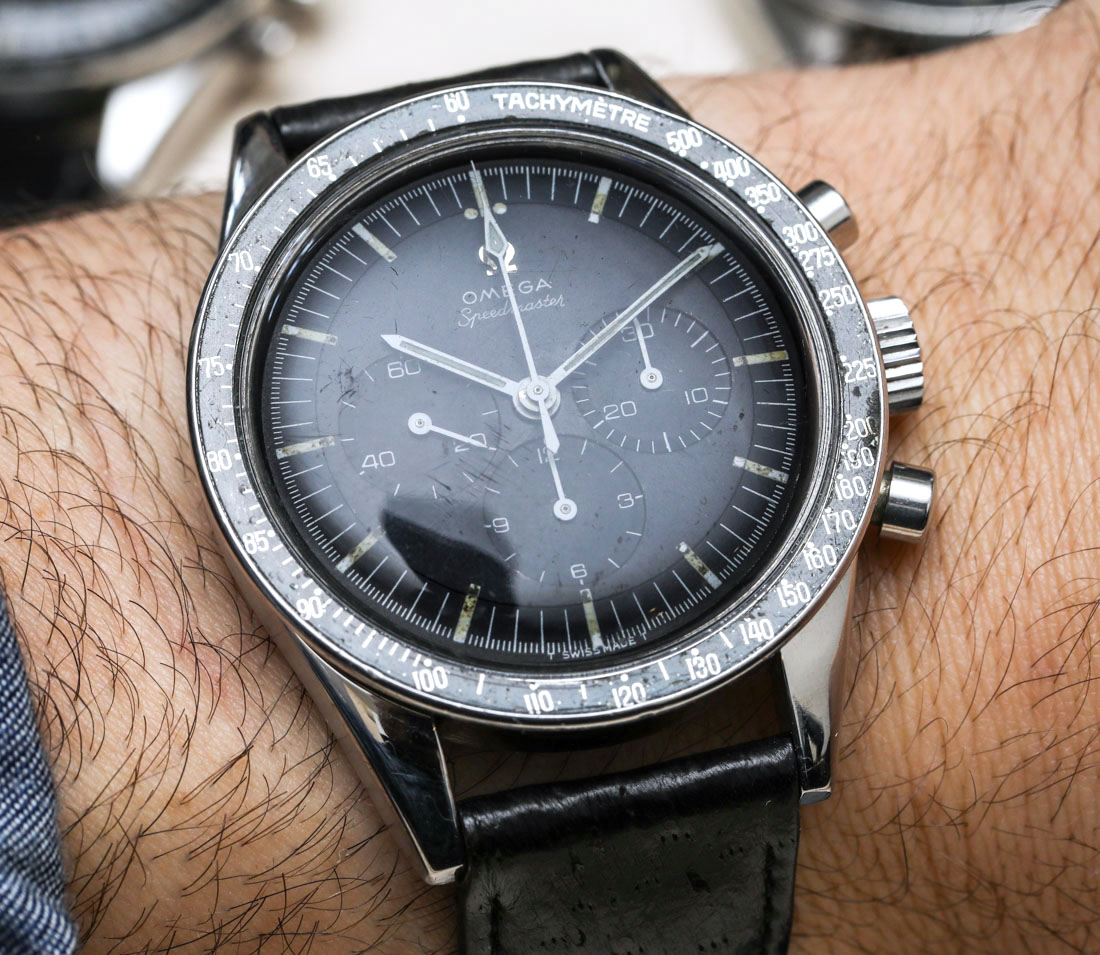
To give you an idea, it included: high and low temperature tests (two full days at 70 °C (158 °F), 30 minutes at 93 °C (199 °F), then 4 hours at -18 °C (-0.4 °F); ten 24-hour cycles at >95% humidity with temperatures ranging from 25 to 70 °C; corrosion tests; six 40 G shock tests in six directions, low and high pressure tests, vibration tests and even a sound test where the watches were “shouted at” at a deafening 130 decibels at frequencies from as low as 40 up to 10,000 Hertz for 30 minutes. Key signs of deterioration included the lume falling apart on the hands, as well as, you guessed it, the rate being affected… and yet, the watches had at last been officially certified by NASA.
Edward White and the Omega Speedmaster ST 105.003 on America’s first EVA on June 3rd 1965, during the Gemini 4 mission.
As the Omega Speedmaster became “officially certified” equipment for NASA’s manned space program, NASA procured further examples of the ST 105.003 and officially equipped its astronauts with it. This model reached further fame when it was worn for the first time outside the space capsule: on the wrist of astronaut Edward White, this model became part of America’s first EVA (extra-vehicular activity, or, more plainly, “spacewalk”) on June 3, 1965, during the Gemini 4 mission.
First Moonwatch: 4th Generation Omega Speedmaster ST 105.012 & ST 145.012 (1964-1965)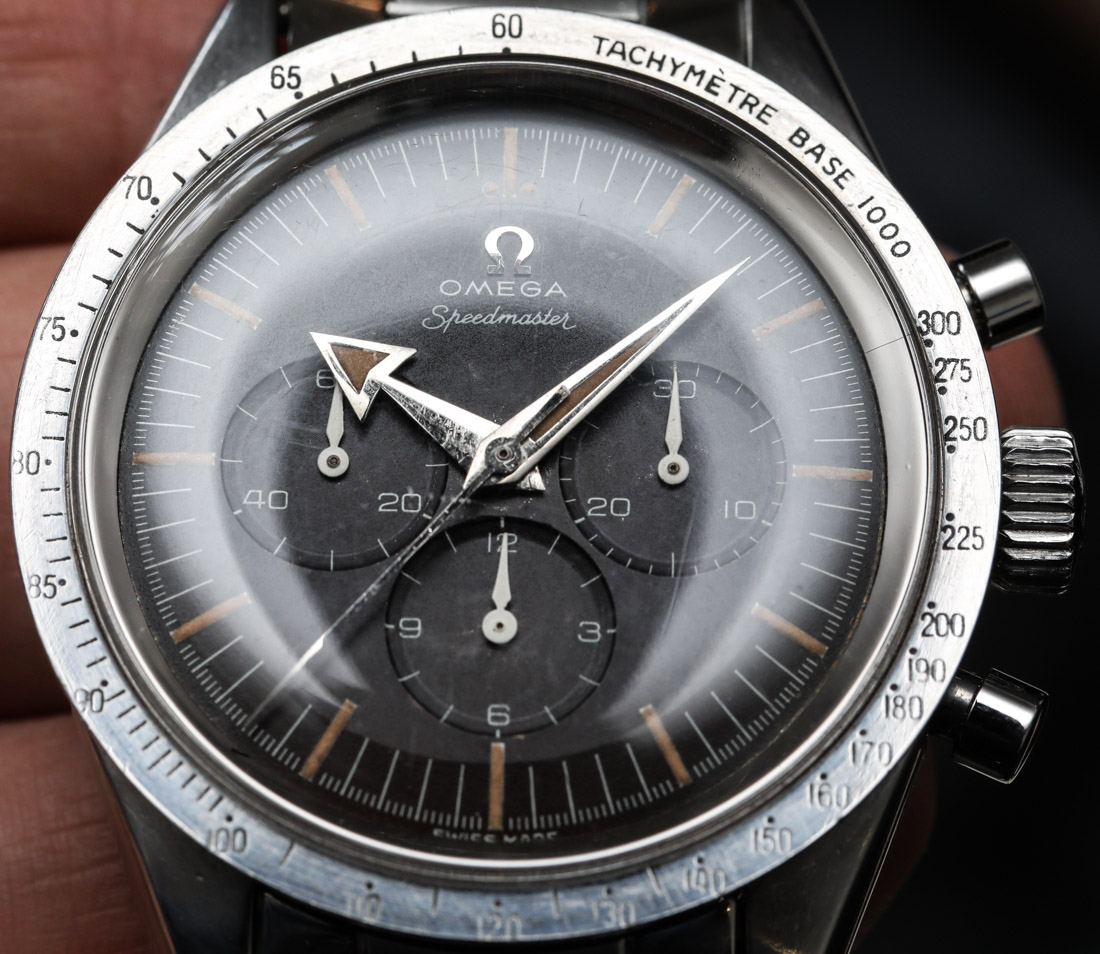
While Omega had no knowledge of what was going on over in Houston since NASA’s selection process was carried out without involving the respective companies’ headquarters, Omega was nevertheless evolving the Speedmaster. In order to offer additional protection to the chronograph’s pushers and its crown, the Speedmaster case was slightly modified: its right side was slightly enlarged, thus offering more protection and, as an unavoidable side-effect, a newfound, asymmetrical look.
It was introduced to some select markets in 1964 with the model ST 105.012 that now also featured “Professional” on the dial, as it was at this point a prominent part of Omega’s professional line of charming copy watches that, as we mentioned above, they launched in 1957. Still powered by the same trusty movement, the Caliber 321, the model further evolved in 1967 into the reference ST 145.012, with the addition of a slightly improved method of attaching the pushers to the case. This model proved to be the last one to use the Caliber 321, the very movement that guaranteed perfect timing during all six lunar landings up to and including the last mission to land on the moon: Apollo 17.
Breitling Replica Watches Sold To CVC Capital Partners For Over $870 Million
Even in the exceedingly turbulent times that the watch industry has been enduring for nearly two years, it is rare news to see major brands exchange hands – and that is why today is a notable day, as it has just been announced that Breitling has been sold to CVC Capital Partners for more than 800 million euros – that is about 873 million US dollars or 866 million Swiss francs.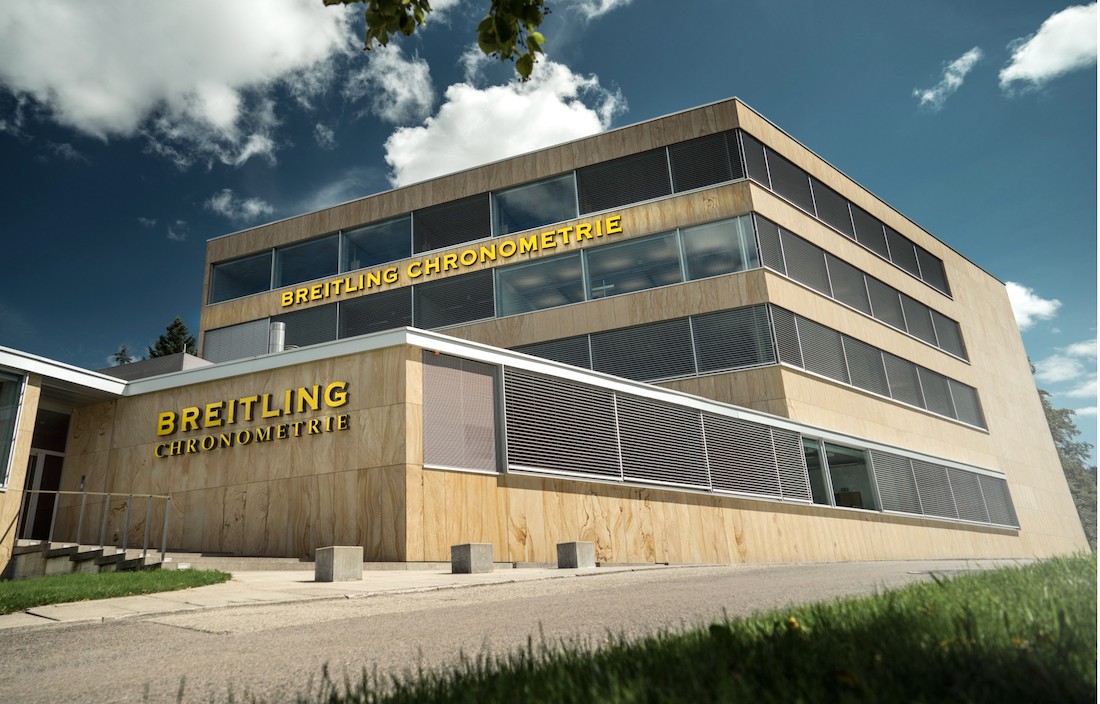
Until this moment, Breitling had been one of only a handful of properly independent major brands out there – Chopard and Patek Philippe remain two other family-owned big players in the industry, with every other mammoth brand either owned by one of the big four groups (Swatch Group, LVMH, Richemont, and Kering) or some other major entity, like Rolex and Tudor with the Hans Wilsdorf Foundation. The last big news of this nature was when family-owned Frederique Constant, Alpina, and Atelier de Monaco were purchased by Citizen Watch Co. last year.
Nevertheless, previous majority owner Theodore Schneider will remain with Breitling because, as part of the CVC Capital Partners deal, he agreed to re-invest for a 20% stake in Breitling. Ironically, it was as recently as May last year that Breitling vice-president Jean-Paul Girardin told Reuters he was confident in Breitling retaining its independence despite speculation about its future following the 2015 passing of Ernest Schneider who bought the brand in 1979.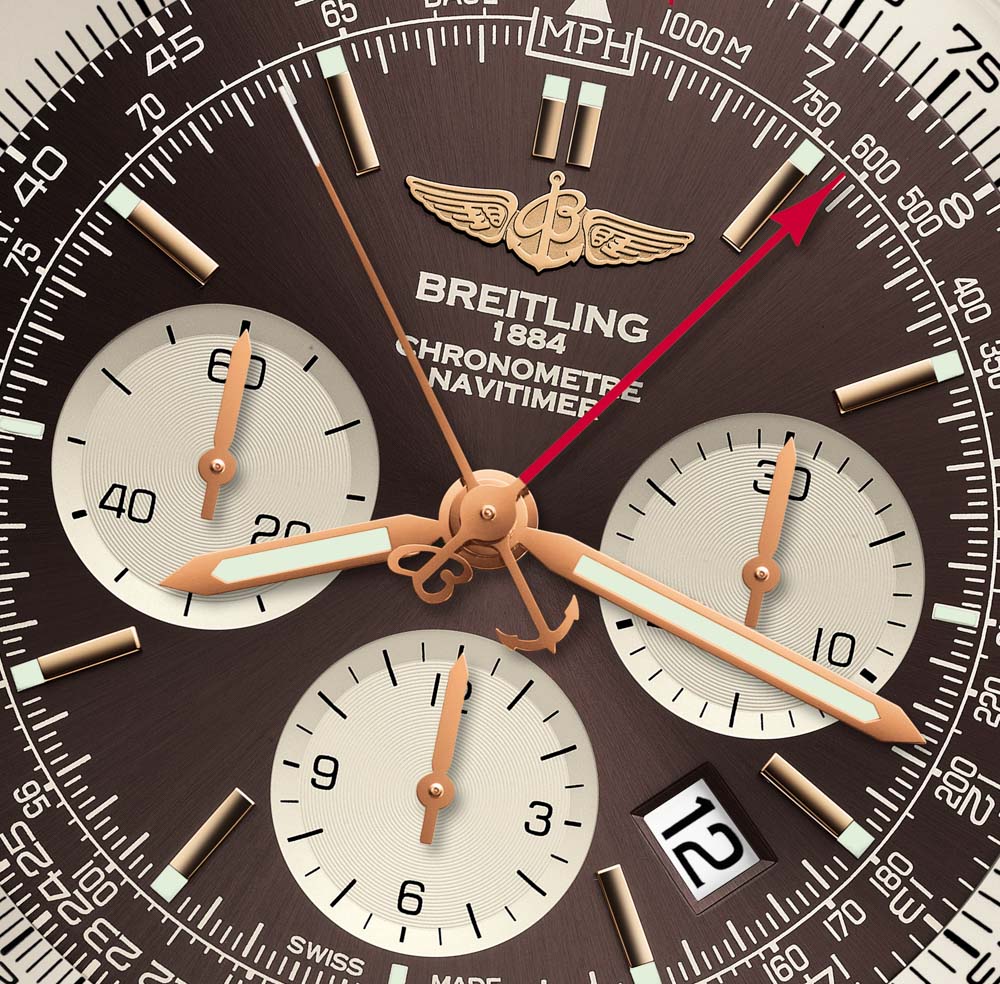
Still, soon after that interview, Bloomberg (the breaker of today’s news) had reported in late November last year that Breitling was “on the block” for sale, after having been in the hands of the Schneider family since 1979. Breitling has very much been a family-run company in the sense that Ernest Schneider had been running it from the late ’70s until the early ’90s when his son, Théodore Schneider took over. While Théodore is the (exceedingly rarer) type of the quiet watch CEO who stays out of the limelight, he’s said to be very much taking part in running the business.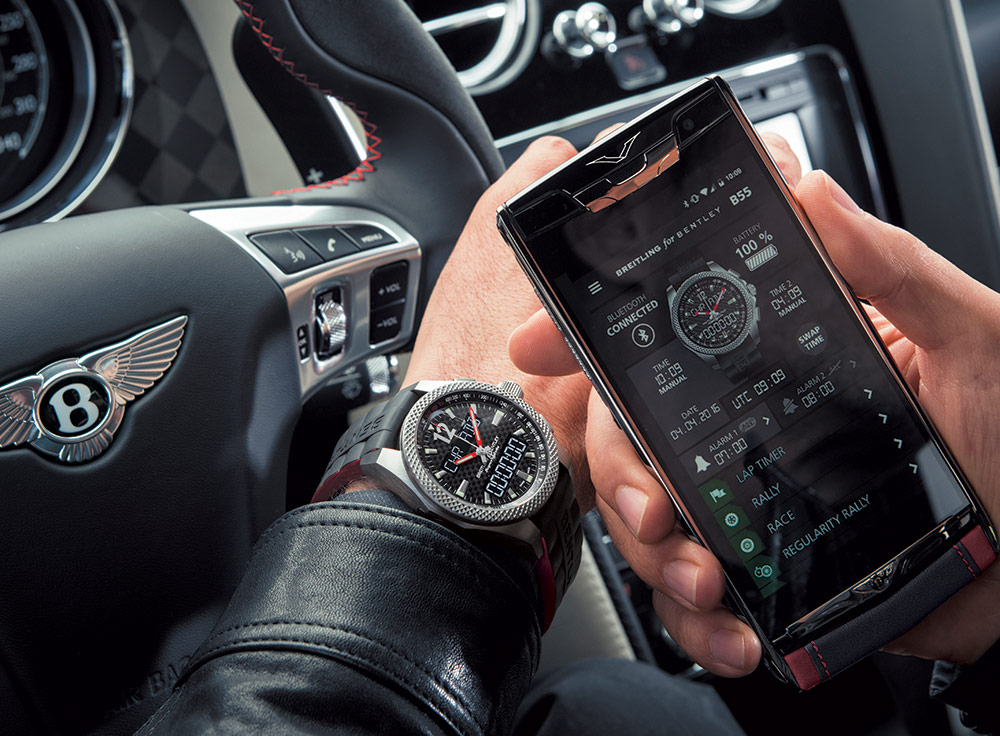
Late last year, when the speculation regarding Breitling’s sale sprung, analysts expected the manufacture that employs some 900 people and produces around 150,000 watches annually to fetch between 600 and 900 million Swiss francs (CHF). As of today, we know that Breitling has been acquired for over CHF866 million – with Breitling’s annual sales of about CHF420 million, this might give the company the financial stability it needed to make it through these troubling times and, hopefully, come out stronger once it’s over.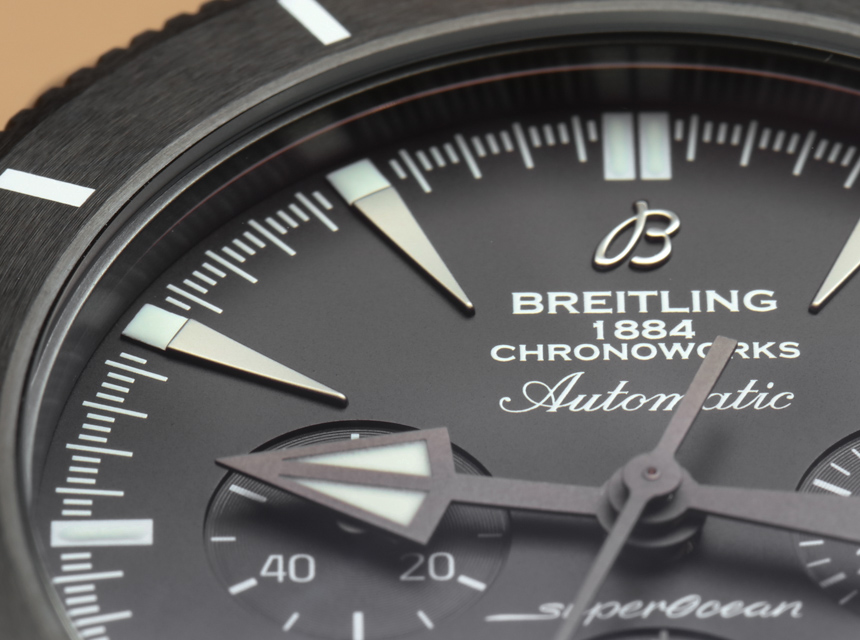
As for CVC’s official plans with Breitling, Daniel Pindur, Senior Managing Director at CVC says: “Using our network and expertise, CVC will work to make this global, iconic brand even more renowned and help shape the future of one of Switzerland’s last independent watch manufacturers. Specifically, we see significant growth potential for Breitling in both existing and new geographies by driving the digitization of the marketing and distribution channels in the company, helping to enrich the product and customer experience.”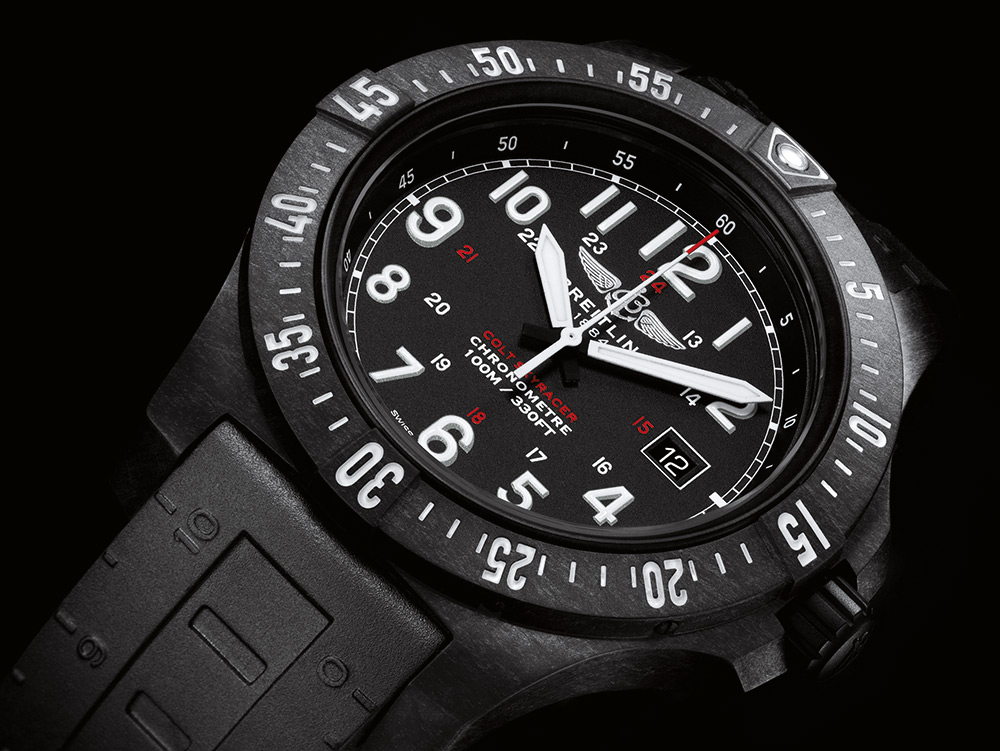
Breitling, who produces some of the quality movements, dials, cases, and bracelets for its watches has tremendous potential and, on a personal note, I am a bit worried to see them become part of a large financial group. Times do change from better to worse and back in the watch industry, there’s nothing new about that, but I do hope that Breitling will stay away from cheapening its brand and its products in chasing higher temporary profits. If you’ve handled a Chronomat or Navitimer lately, you’ll know that Breitling has a long way down the quality food chain, as its movements, cases, bracelets, and dials remain some of the truly solidly built ones at a time when we already see a lot of high-end brands go for cheaper designs and quality of execution.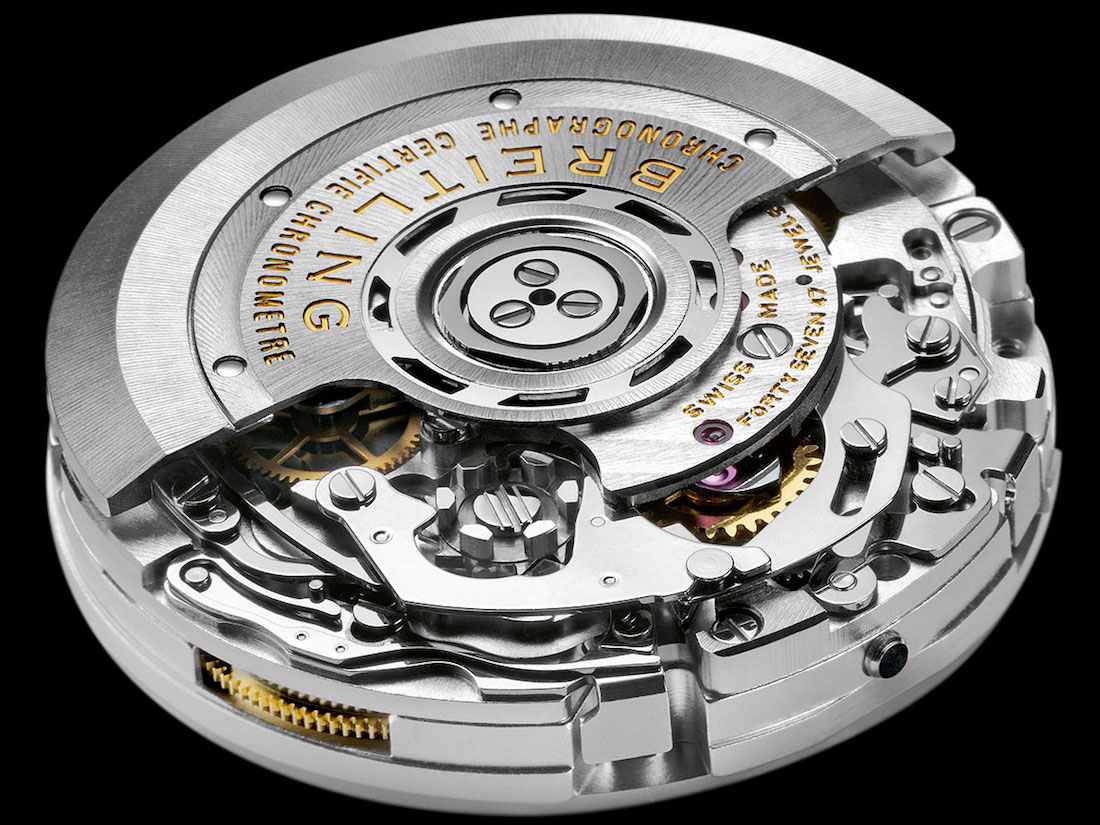
Challenges ahead of Breitling include fixing the strong discounting and vast grey market as well as gaining more traction in established and new markets through streamlined and more powerful branding and marketing. They produce a huge variety of timepieces from the $2,000 Colt Skyracer with a COSC-certified quartz movement and carbon composite case (hands-on here) through the Bluetooth-connected black rubber straps Bentley Supersports B55 copy watches (explained here) and true Breitling classics like the Navitimer 01 (reviewed here), to the bonkers-expensive, $40,000 Superocean Heritage Chronoworks (hands-on here). All this is to say that Breitling stands on a solid foundation of versatile collections, but their awareness and global presence has to be improved – something both parties expect “the network and expertise of CVC” to assist with.
More recent news from Arabic numerials Breitling copy watches included their producing of chronograph movements for the Tudor Heritage Black Bay Chrono (hands-on here) and them sourcing a base three-hand movement from Tudor in return. This, though not confirmed, implied unused manufacturing capacities at Breitling and a break from industry-wide principle in that they chose not to invest in developing their own base manufacture caliber but rather source one with similar credentials.
The transaction between Breitling and CVC Capital Partners is expected to complete by around June 2017, subject to approval by competition authorities. How long and in what role Théodore Schneider will stay around at Breitling, we are yet to learn. The charming replica watches are worthy to try.
